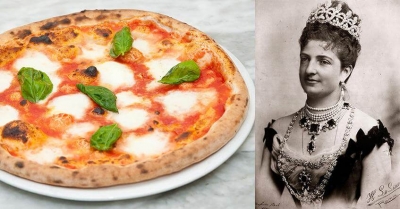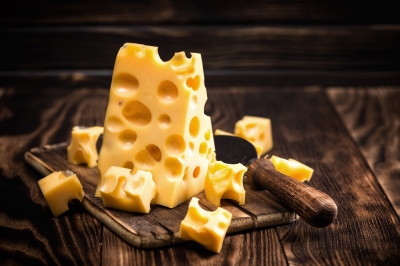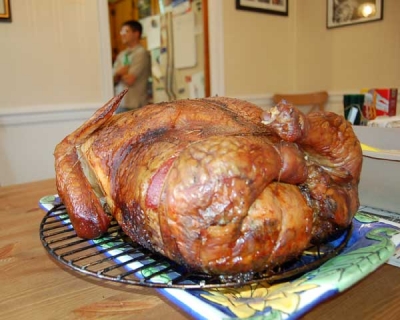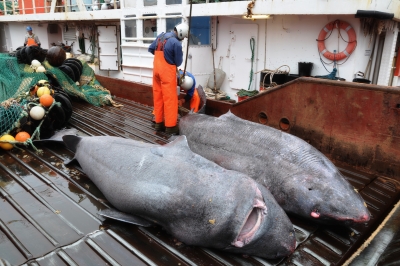Which pizza represented Italian flag?

A widespread belief says that in June 1889 the pizzaiolo Raffaele Esposito, Pizzeria Brandi's chef, invented a dish called "Pizza Margherita" in honor of the Queen of Italy, Margherita of Savoy, and the Italian unification, since toppings are tomato (red), mozzarella (white) and basil (green), ingredients inspired by the colors of the national flag of Italy.
The most popular account of the invention of the margherita pizza starts in 1861, which was the year Italy unified. In 1889, King Umberto I and Queen Margherita visited Naples, which had formerly been the capital of the southern kingdom.
Supposedly, Queen Margherita was bored of the gourmet French food that was, at the time, very popular with European royalty. As such, she summoned Raffaele Esposito, who was the most famous pizza-maker in Naples at the time. Queen Margherita commissioned Esposito to make three different pizzas for her.
Legend has it that the first two pizzas that Esposito and his wife made were not to the Queen’s tastes. These included pizza marinara, which featured garlic, and pizza Napoli, which featured anchovy. The third pizza—inspired by the colours of the Italian flag—the Queen approved. Esposito immediately named the pizza after Queen Margherita and asked her for a Royal Seal.
The note which a chamberlain sent to Esposito still hangs in the pizzeria he worked at, Pizzeria Brandi. However, the veracity of this note has been contended amongst historians for several reasons. Historians have questioned: the disparities between the royal stamp and other royal stamps of the time, as well as its placement; the stationary used to write the note on; and the discrepancy in the handwriting, which was supposedly written by the chamberlain Camillo Galli.
Credit : Italian Food History
Picture Credit : Google


